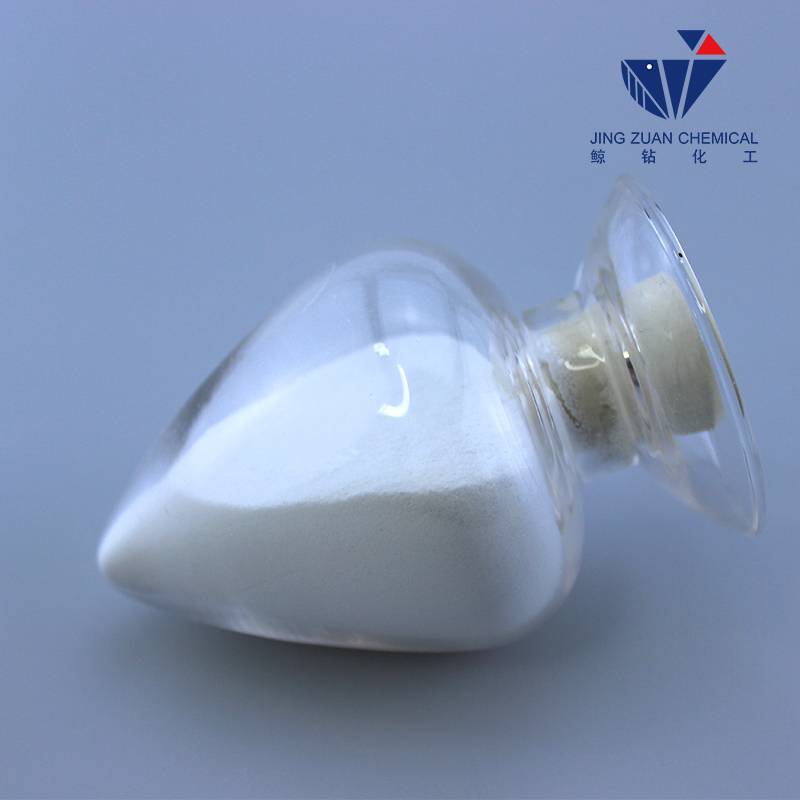
નવેમ્બર . 19, 2024 16:36 Back to list
is hpmc safe
Is HPMC Safe? A Comprehensive Overview
Hydroxypropyl Methylcellulose (HPMC) is a cellulose derivative widely used in various industries including pharmaceuticals, construction, food, and cosmetics. Its versatile properties, such as water solubility, emulsifying capabilities, and film-forming abilities, make it a popular choice for numerous applications. However, consumers and manufacturers alike often wonder about its safety and potential health effects. This article aims to explore the safety of HPMC, examining its uses, regulatory status, potential health concerns, and toxicity.
Understanding HPMC
HPMC is synthesized through the modification of cellulose, which is a naturally occurring polymer found in plant cell walls. The modification process involves the introduction of hydroxypropyl and methyl groups, which enhance the solubility of cellulose in water. HPMC is a white, odorless powder that forms gels or solutions when mixed with water, making it an ideal thickening agent and stabilizer in various formulations.
Uses of HPMC
HPMC is extensively used in the pharmaceutical industry, particularly in the formulation of controlled-release medications. Its ability to form a gel-like structure allows for the gradual release of active ingredients into the bloodstream, improving the efficacy of the drug. In the food industry, HPMC is utilized as a thickener, emulsifier, and textural agent in products such as sauces, dressings, and baked goods. In the realm of construction, HPMC is included in mortars and plasters to improve workability and adhesion.
Regulatory Status
HPMC is generally recognized as safe (GRAS) by the U.S. Food and Drug Administration (FDA) when used in food products. The European Food Safety Authority (EFSA) and various health organizations around the world also recognize the safety of HPMC in food applications. In pharmaceuticals and cosmetics, HPMC is approved for use, provided it meets specific purity and quality standards.
Potential Health Concerns
is hpmc safe

Despite its broad acceptance, some individuals may have concerns about the potential side effects of HPMC. However, studies have shown that HPMC is non-toxic and does not pose significant health risks when used appropriately. It is biodegradable, and its metabolites are generally regarded as safe.
Some reports suggest that HPMC could cause mild gastrointestinal disturbances in sensitive individuals, particularly when consumed in large amounts. Symptoms may include bloating, gas, and diarrhea. However, such occurrences are relatively rare and typically mild.
Allergenic Potential
Another aspect of safety to consider is the potential for allergic reactions. While HPMC is largely considered hypoallergenic, there have been occasional reports of allergic responses to cellulose derivatives. Individuals with a known sensitivity to cellulose or its derivatives should approach HPMC with caution and consult with a healthcare provider.
Environmental Safety
In addition to human health considerations, the environmental safety of HPMC is also noteworthy. As a biodegradable material, HPMC does not contribute to long-term environmental pollution. It breaks down into non-toxic components, making it an environmentally friendly choice compared to synthetic polymers that can accumulate and persist in the environment.
Conclusion
In summary, Hydroxypropyl Methylcellulose (HPMC) is a versatile and widely used ingredient across multiple industries. Based on current research and regulatory approval, HPMC is considered safe for use in food, pharmaceuticals, and cosmetics, with minimal health risks for the majority of the population. While mild gastrointestinal effects may occur in sensitive individuals, these cases are rare. The biodegradability of HPMC further enhances its safety profile, positioning it as an environmentally conscious option.
As with any ingredient, it is always prudent for consumers to be informed and consult with healthcare professionals if they have specific concerns or pre-existing conditions. Overall, HPMC remains a valuable component in many formulations, supporting functionality without compromising safety.
-
The Widespread Application of Redispersible Powder in Construction and Building Materials
NewsMay.16,2025
-
The Widespread Application of Hpmc in the Detergent Industry
NewsMay.16,2025
-
The Main Applications of Hydroxyethyl Cellulose in Paints and Coatings
NewsMay.16,2025
-
Mortar Bonding Agent: the Key to Enhancing the Adhesion Between New and Old Mortar Layers and Between Mortar and Different Substrates
NewsMay.16,2025
-
HPMC: Application as a thickener and excipient
NewsMay.16,2025
-
Hec Cellulose Cellulose: Multi functional dispersants and high-efficiency thickeners
NewsMay.16,2025







